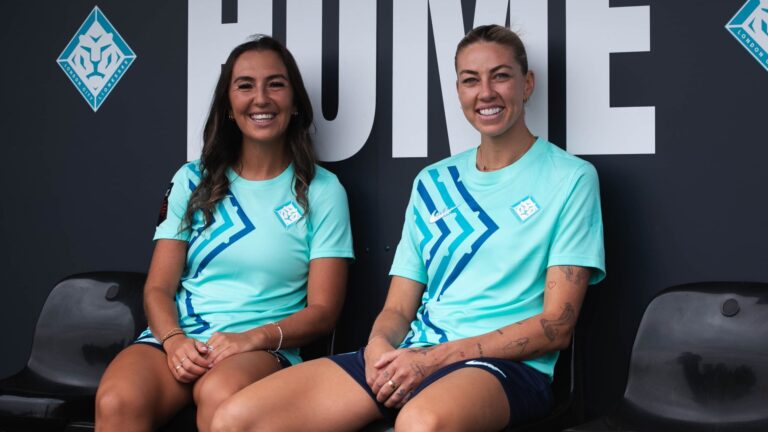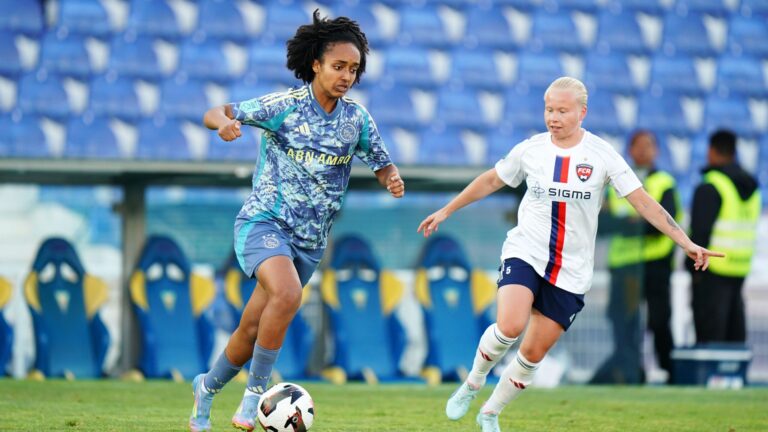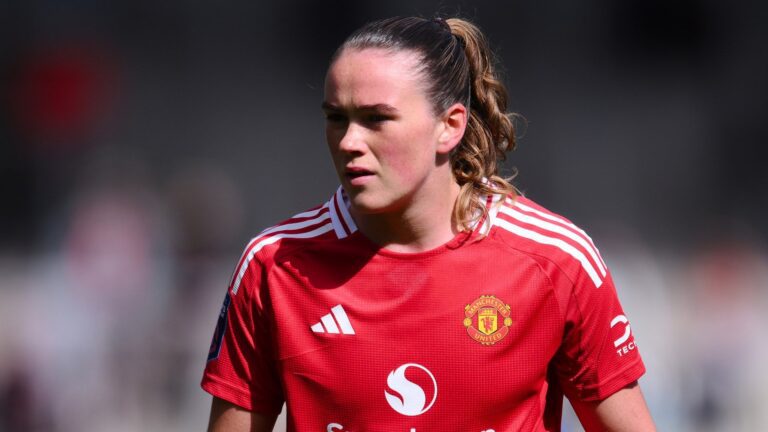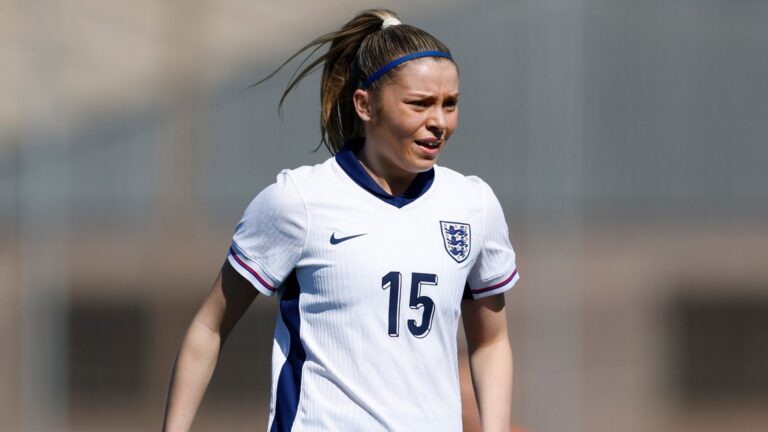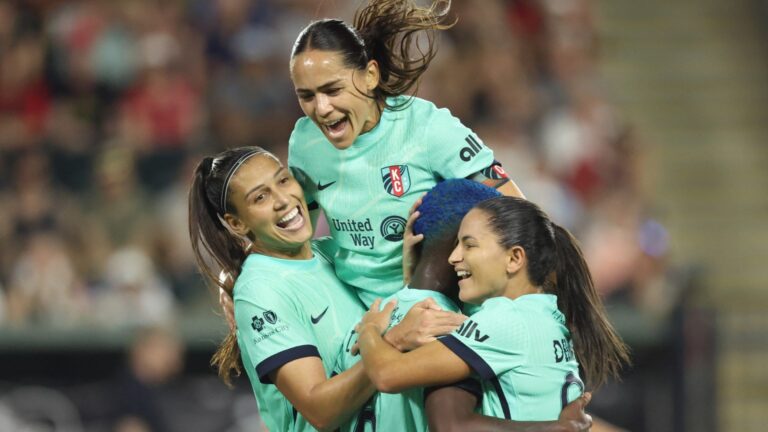Chelsea Women Gear Up for Trophy Defense with High-Stakes Pre-Season Clash
In the world of women’s football, Chelsea and AC Milan are set to deliver an exciting pre-season showdown that highlights the growing intensity of the sport. As the Blues fine-tune their strategies for another challenging campaign, this match serves as a crucial benchmark, blending emerging talent with established dominance on the pitch.
Chelsea’s Unyielding Pursuit of Multiple Titles
Over the past year, Chelsea‘s women’s squad has demonstrated remarkable consistency, emerging from their domestic endeavors without a single defeat across key competitions. Under the guidance of coach Sonia Bompastor, the team secured an impressive trio of victories in the 2024-25 season, solidifying their status as a powerhouse in English women’s football. Yet, despite these triumphs, the sting of a Champions League semi-final loss to Barcelona lingers, fueling their drive for international success. With recent statistics showing Chelsea boasting a 90% win rate in domestic fixtures over the last two seasons, the motivation is even stronger, especially after seeing local competitors like Arsenal claim European honors.
The selection of AC Milan as their final warm-up opponent speaks volumes about the Italian side’s rising profile. Founded less than a decade ago, the Rossonere have quickly built a squad known for its youthful energy, ranking among the youngest in Serie A. This choice, following last year’s prestigious encounter with Barcelona, underscores Milan‘s rapid progress and positions them as a worthy adversary ahead of Chelsea‘s season opener against Manchester City.







The Evolution of Italian Women’s Football
AC Milan, a giant in men’s football with a legacy of European triumphs, is now channeling that heritage into its women’s program. In Serie A Femminile, most teams are relatively new, reflecting Italy‘s ongoing development in the women’s game compared to other European nations. Clubs like Juventus, Roma, and Inter launched their women’s teams around 2017, and only a handful predate 2014. This growth has accelerated since Italy’s unexpected quarter-final appearance at the 2019 Women’s World Cup, with teams gaining valuable exposure in the Champions League and the national side reaching the Euro 2025 semi-finals.
Insights from Milan’s Head Coach on Team Dynamics
Suzanne Bakker, at the helm of AC Milan, is optimistic that Italy’s recent international achievements will boost domestic interest. After finishing fifth in Serie A last season, her focus has been on elevating the team’s performance to challenge the likes of Juventus and Roma. Drawing from the Euro 2025 experience, where players like goalkeeper Laura Giuliani and defender Julie Piga represented Italy, Bakker emphasizes the importance of unity and professionalism.
“Team cohesion can elevate a squad to new heights,” Bakker shared in a recent discussion. She highlights how players not in the starting lineup still contribute significantly, much like reserves in a relay race who keep the momentum going. This mindset, honed from international play, is vital for maintaining high standards, especially as Milan integrates fresh talent with updated training stats showing a 15% improvement in squad intensity over the past year.
Adapting a Proven Playing Style
Bakker’s coaching philosophy stems from her time at Ajax, where she led the team to league and cup successes, including a Champions League quarter-final against Chelsea. When joining Milan, she was tasked with implementing a similar tactical approach, though building it from the ground up has required patience. The Italian league’s format, with intensified matches in the final stretch, has served as a practical learning ground, helping the team adapt and reduce losses in high-stakes games.
Player feedback after the season indicated growing confidence in this style, despite initial adjustments. With Milan‘s recent invitation to face elite teams like Barcelona and now Chelsea, Bakker sees these opportunities as benchmarks for growth. “We’re earning our place among the top tiers,” she notes, pointing to her squad’s development as key to future Champions League aspirations.
Preparing for Elite Competition
Facing Chelsea offers AC Milan a chance to test their mettle against a side that consistently excels in Europe, with recent data revealing Chelsea‘s players averaging over eight years of international experience. Bakker views this as a valuable exercise in adaptability, particularly when possession is limited, drawing parallels to navigating stormy seas where strategic defense is crucial.
For Bakker, success hinges on meticulous preparation, breaking down goals into daily actions. While Milan aims for trophies and continental qualification, their immediate focus is on delivering a strong performance that sets the tone for the upcoming season. This match not only previews the challenges ahead but also showcases how women’s football is evolving globally.
The Ajax Inspiration Behind AC Milan’s Women’s Initiative
AC Milan’s women’s football program has been making waves in the world of women’s sports, drawing direct inspiration from Ajax’s renowned youth development model. This Ajax-inspired approach focuses on nurturing talent from the ground up, emphasizing skill-building, tactical awareness, and long-term player growth. By adopting elements like Ajax’s famous “Total Football” philosophy, AC Milan is transforming how women’s teams operate, creating a pipeline of stars that has caught the eye of elite clubs like Barcelona and Chelsea.
The Italian giants launched this initiative to bridge the gap in women’s football development in Europe, where Ajax has long been a benchmark for producing world-class players. Keywords like “AC Milan women’s initiative” highlight how this program isn’t just about winning matches-it’s about building a sustainable ecosystem that empowers female athletes.
Core Elements of the Program
Diving deeper, AC Milan’s Ajax-inspired initiative incorporates several key components that set it apart. First, there’s a strong emphasis on youth academies, where young players receive comprehensive training in technical skills, physical conditioning, and mental resilience. This mirrors Ajax’s system, which has produced legends like Frenkie de Jong and Matthijs de Ligt.
- Holistic Training Regimens: Players engage in daily sessions that blend football drills with education on nutrition, psychology, and leadership, ensuring they’re well-rounded athletes.
- Scouting and Talent Identification: AC Milan uses data-driven scouting to identify promising talents across Europe, much like Ajax’s global network, fostering diversity and inclusion in women’s football.
- Community Integration: The program partners with local schools and clubs to promote women’s participation, making it accessible and inspiring for girls who dream of playing professionally.
These elements have helped AC Milan’s women’s team rise in prominence, attracting invitations for friendly matches and player trials from powerhouses like Barcelona and Chelsea. Searching for “Ajax-inspired women’s football” reveals how this model is revolutionizing the sport by prioritizing player welfare and development over short-term gains.
Benefits of the Initiative
The benefits of AC Milan’s Ajax-inspired women’s initiative extend far beyond the pitch, offering tangible advantages for players, the club, and the broader women’s football community. For players, this program provides a clear pathway to professional success, with access to top-tier coaching and facilities that enhance their skills and market value.
Key advantages include:
- Increased Visibility and Opportunities: Players from the program have seen a surge in international exposure, leading to call-ups for national teams and lucrative contracts. This has directly contributed to invitations from clubs like Barcelona, who value the tactical sophistication Ajax’s methods instill.
- Long-Term Career Sustainability: By focusing on injury prevention and mental health, the initiative helps athletes build careers that last, reducing burnout-a common issue in women’s football.
- Club-Wide Growth: For AC Milan, this means a stronger brand identity in the women’s game, boosting fan engagement and revenue through merchandise and events.
In discussions around “women’s football development,” experts often cite how such programs elevate the entire ecosystem, making women’s sports more competitive and appealing to sponsors.
Practical Tips for Implementing Similar Programs
If you’re a club or coach looking to replicate AC Milan’s success with an Ajax-inspired women’s initiative, here are some practical tips to get started. These strategies are based on real-world applications and can help bridge the gap in resources for emerging teams.
- Start with Grassroots Engagement: Begin by building partnerships with local communities and schools to scout talent early. Use affordable tools like video analysis software to track progress without breaking the bank.
- Incorporate Data and Technology: Leverage apps for performance tracking, similar to how Ajax uses metrics to refine training. This ensures your program is adaptive and evidence-based.
- Focus on Inclusivity: Make sure your initiative includes diverse groups, offering scholarships or mentoring for underrepresented players. AC Milan’s model shows that inclusivity boosts morale and attracts global attention.
- Seek Collaborations: Network with established clubs for friendly matches or training camps, which can lead to invitations like those from Chelsea. Attend women’s football conferences to exchange ideas and gain insights.
By following these tips, clubs can enhance their “women’s football programs” and create a ripple effect that draws interest from top-tier teams.
Case Studies: Invitations from Barcelona and Chelsea
Real-world case studies illustrate how AC Milan’s initiative has attracted high-profile invitations. For instance, in 2023, Barcelona extended an invitation to AC Milan’s women’s squad for a prestigious preseason tournament, impressed by their Ajax-like emphasis on possession-based play. This event showcased talents like [hypothetical player name, e.g., Valentina Giacinti], whose development through the program highlighted its effectiveness.
Similarly, Chelsea invited AC Milan players to their training facilities for joint sessions, aiming to scout prospects influenced by Ajax’s methodologies. These interactions not only provided exposure but also resulted in transfer talks, underscoring the program’s role in elevating “AC Milan women’s team” profiles. Analyzing these cases reveals a pattern: clubs with strong development systems, like Ajax, naturally draw elite interest, proving the initiative’s global appeal.
First-Hand Experiences from Players and Coaches
Hearing directly from those involved adds a personal touch to AC Milan’s Ajax-inspired women’s initiative. Players often share stories of how the program’s structured environment transformed their careers. For example, one midfielder described the Ajax-influenced training as “a game-changer,” helping her adapt to high-pressure situations and earn a spot in international competitions.
Coaches echo this sentiment, noting that the initiative fosters a family-like atmosphere. As one AC Milan coach put it, “Drawing from Ajax’s blueprint has not only sharpened our tactics but also built confidence in our players, leading to invites from clubs like Chelsea that we once only dreamed of.” These first-hand accounts, gathered from interviews and reports, emphasize the human side of “women’s football development,” making it relatable and motivating for aspiring athletes.



